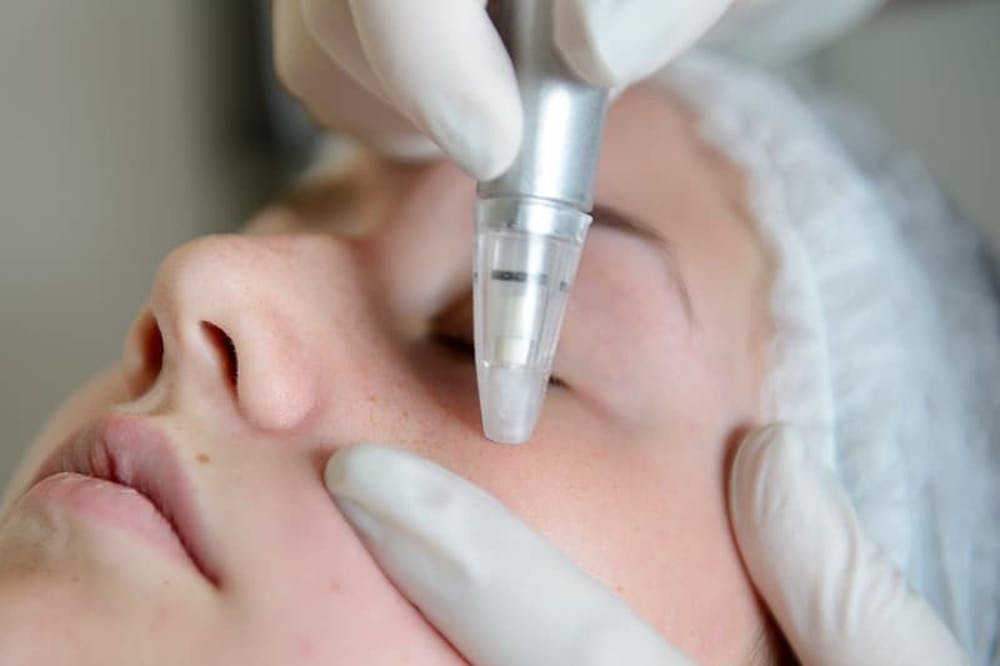
A recent Penn Medicine study found race, sex, and insurance-based disparities in acne treatment and health care use, Penn Medicine News reported.
The researchers found that Black and female patients are less likely to receive acne treatment than white and male patients, according to Penn Medicine News. Patients on Medicaid are also less likely to receive acne treatment prescriptions.
The team analyzed the medical records of 29,928 acne patients across the United States, and discovered that non-Hispanic Black patients, Asian patients, women, and patients with Medicaid were less likely to receive the stronger treatments, and more likely to receive the weaker topical treatments, reported Penn Medicine News.
“Finding that patients across the [United States] are receiving different care for the exact same condition is jarring, especially since there is no evidence that a person’s race or gender has any impact on how effective these treatments are,” Penn Med researcher and assistant professor of Dermatology Junko Takeshita told Penn Medicine News.
She said the results are significant considering Black patients may have a greater need for stronger prescriptions to avoid dark spots in the future.
The study also found that men were twice as likely to be prescribed the oral medication isotretinoin as women. Lead author and research fellow in dermatology John Barbieri told Penn Medicine News that he suspected this disparity was due to the drug’s high risks of causing birth defects if taken by pregnant women, which might discourage doctors and women from using it.
Takeshita told Penn Medicine News that clinician biases may be a potential contributor to the problem.
“We all have biases. It’s important for clinicians to be aware of their own biases that may unintentionally influence their actions in order to avoid treating patients differently based solely on their personal characteristics such as race or gender,” she told Penn Medicine News.
Takeshita said the team hopes to embark on additional research to help understand why these discrepancies exist. She said further research would include understanding patients’ perceptions of and experiences with the disease, in addition to medical providers’ prescribing processes.
She added that the team also looks to understand how lack of access to healthcare contributes to the treatment disparities.
"Absolutely our next step is to try to understand why these disparities in treatments related to acne exist, because our whole purpose is to try to reduce these disparities," Takeshita said.
The Daily Pennsylvanian is an independent, student-run newspaper. Please consider making a donation to support the coverage that shapes the University. Your generosity ensures a future of strong journalism at Penn.
Donate







